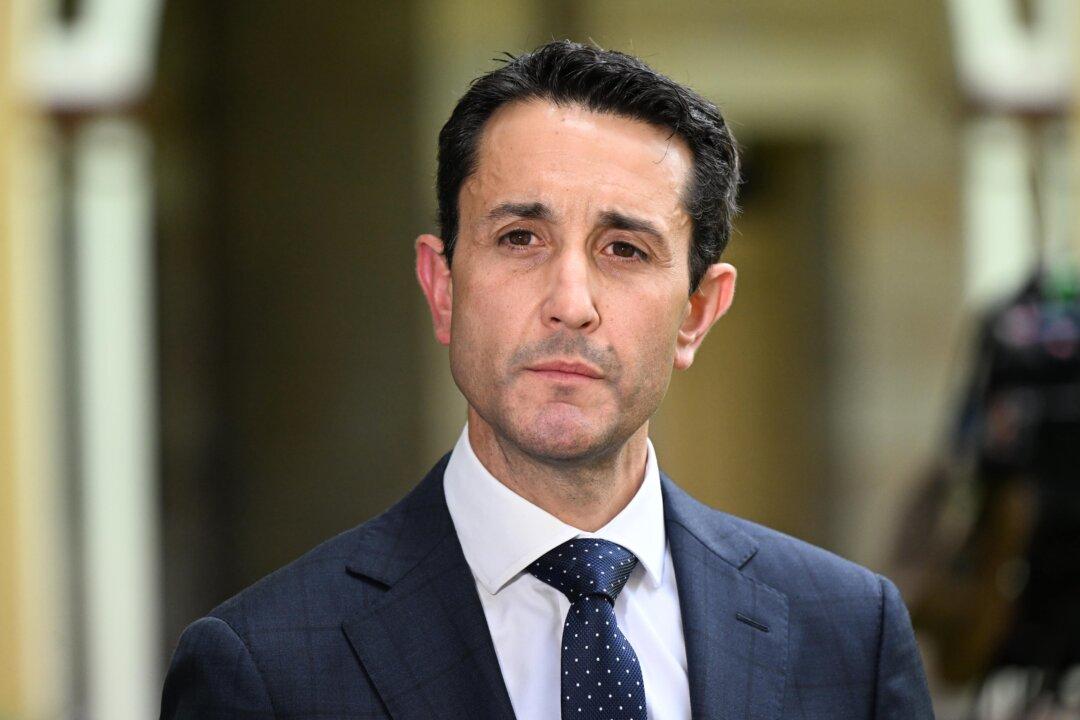Prime Minister Anthony Albanese has criticised Opposition Leader Peter Dutton for saying he would choose to make Kirribilli House his home if elected.
Kirribilli House is the prime ministerial residence located in Sydney and is considered the secondary residence of Australia’s leader.
The main home, The Lodge, is located in Canberra.
But Dutton, a Queenslander, has again distanced himself from Canberra, a representation of the “establishment,” and spoke of his fondness for Sydney when asked where he would live.
“We would live in Kirribilli, we love Sydney, love the harbour and it’s a great city,” he said told the Kyle and Jackie O Show on March 31.
“You’ve got a choice between Kirribilli or living in Canberra, I think I'd take Sydney any day over Canberra.”
But Albanese criticised the opposition leader’s decision and his willingness to picture winning the election.
“A fair bit of hubris behind that comment, I think … measuring up the curtains,” he told Nova FM.
“The prime minister’s residence, of course, is the Lodge. Not Kirribilli.”
Treasurer Jim Chalmers told media he believed it reflected “arrogance” for Dutton to take a guess at where he might live if he won.
He also said Dutton would be “right at home in a harbourside mansion.”
“We think this election will be very close, we don’t take any outcome for granted and we are working very hard for every vote,” Chalmers said.
WFH Policy Under Fire
Labor has also taken aim at Dutton’s work-from-home policy, which would require most public servants to be in the office five days a week.An analysis of the policy by Labor claims it would cost employees $5,000 a year through commuting and other expenses.
Coalition finance spokeswoman Jane Hume has previously claimed many public servants were either working from home or while travelling, causing issues with scheduling meetings in offices.
Albanese says working from home has a number of advantages for government workers, and also allows them to “overcome the tyranny of distance” in Australia.
“It has also meant, for working families, where both parents are working ... it’s enabled them to work full-time and it has increased workforce participation, particularly for women,” he said.







